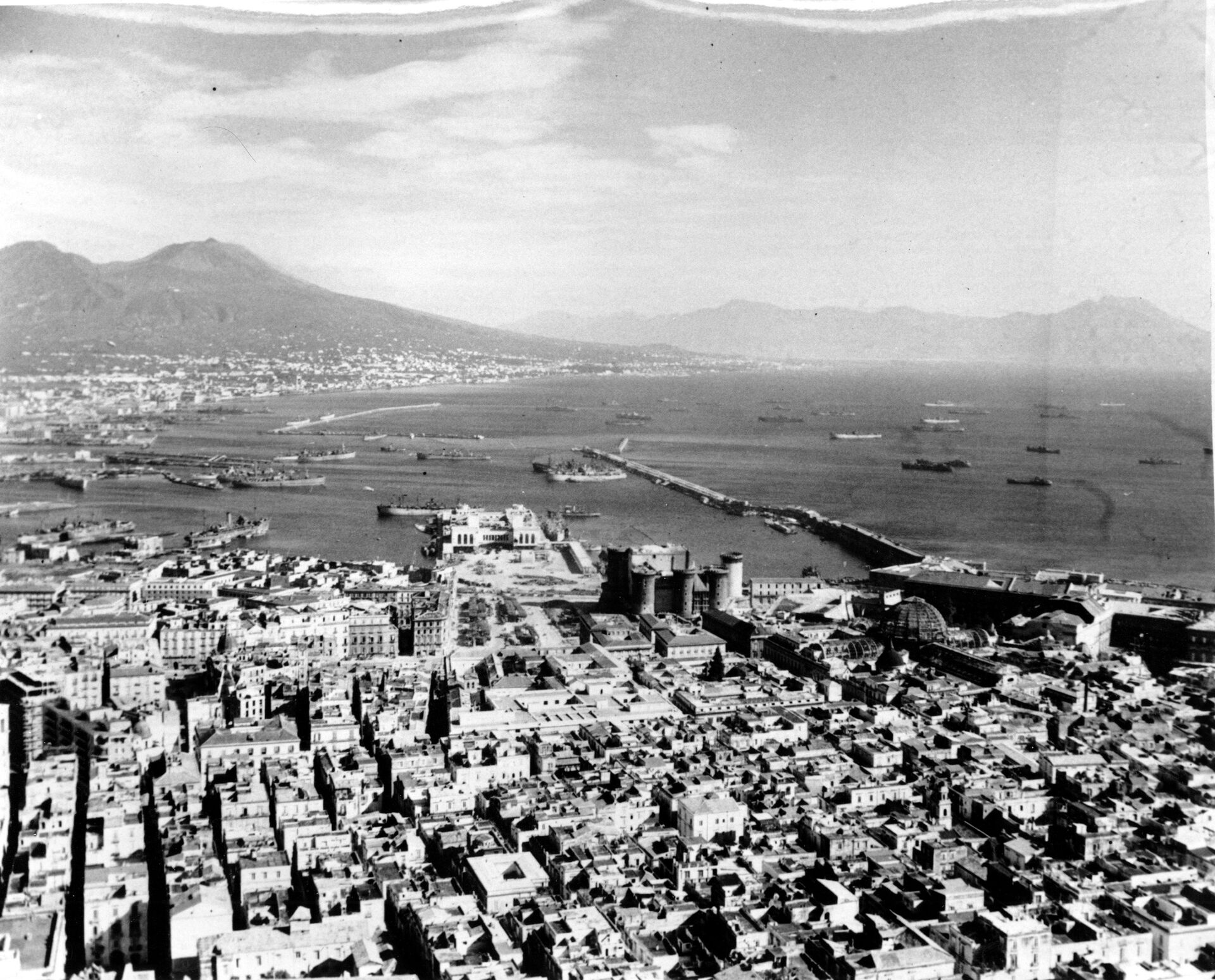https://sputnikglobe.com/20230611/biggest-supervolcano-in-europe-inching-toward-explosion-scientists-say-1111053862.html
Biggest ‘Supervolcano’ in Europe Inching Toward Explosion, Scientists Say
Biggest ‘Supervolcano’ in Europe Inching Toward Explosion, Scientists Say
Sputnik International
A long-dormant “supervolcano” in Italy is approaching its first eruption since 1538, according to a new study which warns that such an event could have catastrophic consequences.
2023-06-11T02:50+0000
2023-06-11T02:50+0000
2023-06-11T02:50+0000
beyond politics
campi flegrei
italy
university college london (ucl)
anticipated eruption
study
science & tech
https://cdn1.img.sputnikglobe.com/img/106985/13/1069851397_0:0:1506:847_1920x0_80_0_0_22f081989f3533041e9125895ae5e4d4.png
A long-dormant “supervolcano” in Italy is approaching its first eruption since 1538, according to a new study which warns that such an event could have catastrophic consequences.The weakening of the crust around Italy’s Campi Flegrei volcano is “making an eruption more likely,” researchers indicate.The volcano has been restless for over 70 years, with spikes of unrest lasting up to two years occurring in the 1950s, 1970s and 1980s. Over the last 10 years another phase of unrest has been unfolding, although it’s reportedly not been as noticeable as previous outbursts.“The rupture may open a crack through the crust, but the magma still needs to be pushing up at the right location for an eruption to occur,” Kilburn continued.The findings were confirmed by the Vesuvius Observatory’s Dr. Nicola Alessandro Pino, who reportedly said the results “show that parts of the volcano are becoming weaker.”“This means that it might break even though the stresses pulling it apart are smaller than they were during the last crisis 40 years ago,” Pino said.Around half a million Italians currently live atop the depression which constitutes the volcano’s top, and 1.5 million more reportedly live near the potential blast radius.Kilburn says the study, which was described as “the first of its kind to forecast rupture at an active volcano,” marks a “step change in our goal to improve forecasts of eruptions worldwide.”“This is the first time we have applied our model, which is based on the physics of how rocks break, in real-time to any volcano,” Kilburn explained.According to Kilburn, scientists “will now have to adjust our procedures for estimating the chances of new routes being opened for magma or gas to reach the surface.”The findings were published Thursday in the journal Communications Earth & Environment.
campi flegrei
italy
Sputnik International
feedback@sputniknews.com
+74956456601
MIA „Rossiya Segodnya“
2023
News
en_EN
Sputnik International
feedback@sputniknews.com
+74956456601
MIA „Rossiya Segodnya“
Sputnik International
feedback@sputniknews.com
+74956456601
MIA „Rossiya Segodnya“
supervolcano, campi flegrei volcano, italy, study, eruption,
supervolcano, campi flegrei volcano, italy, study, eruption,
Biggest ‘Supervolcano’ in Europe Inching Toward Explosion, Scientists Say
A groundbreaking new study by Italian researchers suggests the explosion of a massive volcano in Italy is creeping closer.
A long-dormant “supervolcano” in Italy is approaching its first eruption since 1538, according to a new study which warns that such an event could have catastrophic consequences.
The weakening of the crust around Italy’s Campi Flegrei volcano is “making an eruption more likely,” researchers indicate.
The volcano has been restless for over 70 years, with spikes of unrest lasting up to two years occurring in the 1950s, 1970s and 1980s. Over the last 10 years another phase of unrest has been unfolding, although it’s reportedly not been as noticeable as previous outbursts.
“Our new study confirms that Campi Flegrei is moving closer to rupture,” said the study’s lead author, professor Christopher Kilburn at the University College London. “However, this does not mean an eruption is guaranteed.”
“The rupture may open a crack through the crust, but the magma still needs to be pushing up at the right location for an eruption to occur,” Kilburn continued.
The findings were confirmed by the Vesuvius Observatory’s Dr. Nicola Alessandro Pino, who reportedly said the results “show that parts of the volcano are becoming weaker.”
“This means that it might break even though the stresses pulling it apart are smaller than they were during the last crisis 40 years ago,” Pino said.
Around half a million Italians currently live atop the depression which constitutes the volcano’s top, and 1.5 million more reportedly live near the potential blast radius.
Kilburn says the study, which was described as “the first of its kind to forecast rupture at an active volcano,” marks a “step change in our goal to improve forecasts of eruptions worldwide.”
“This is the first time we have applied our model, which is based on the physics of how rocks break, in real-time to any volcano,” Kilburn explained.
“Our first use of the model was in 2017 and since then Campi Flegrei has behaved as we predicted, with an increasing number of small earthquakes indicating pressure from below,” the scientist noted.
According to Kilburn, scientists “will now have to adjust our procedures for estimating the chances of new routes being opened for magma or gas to reach the surface.”
The findings were
published Thursday in the journal Communications Earth & Environment.



